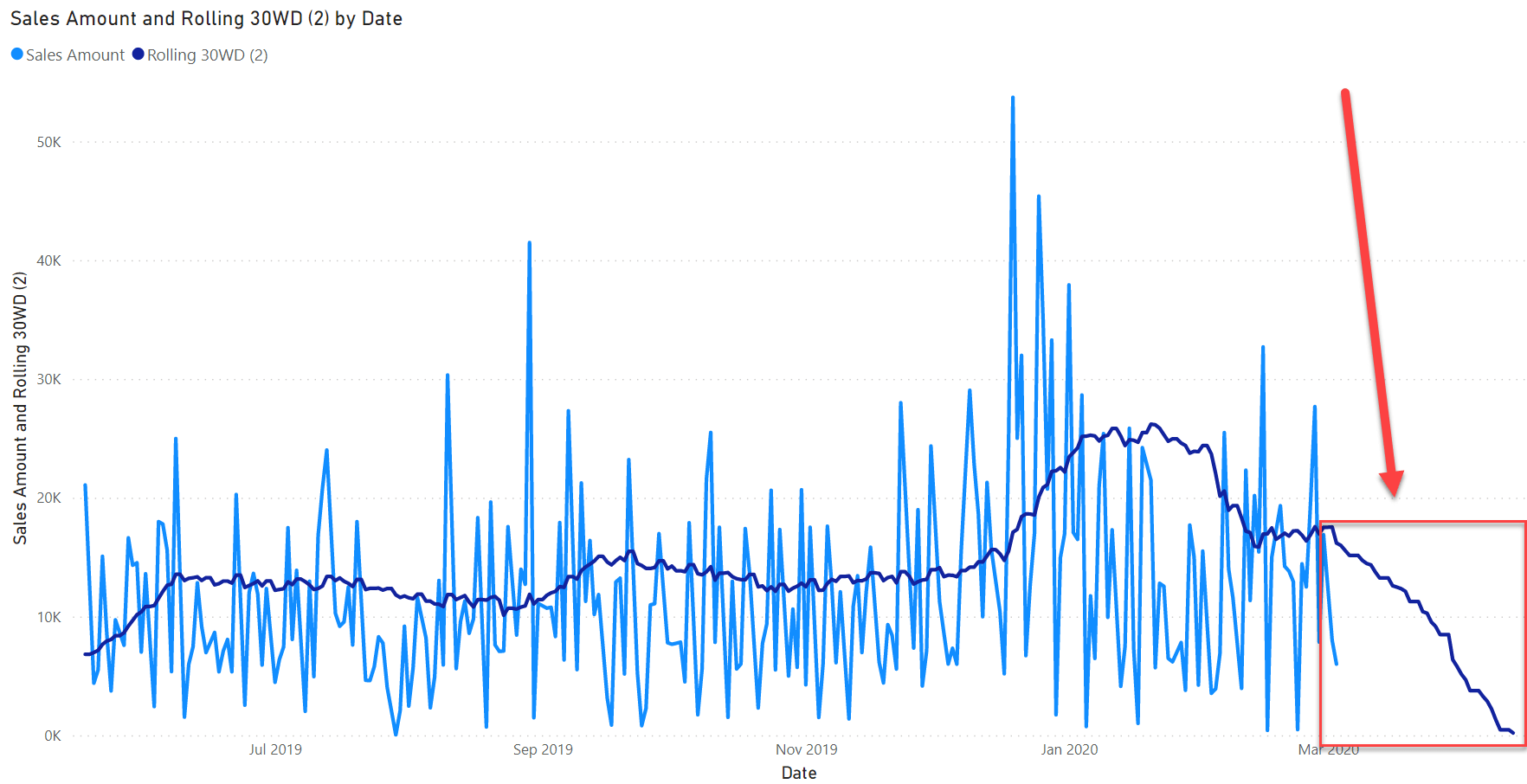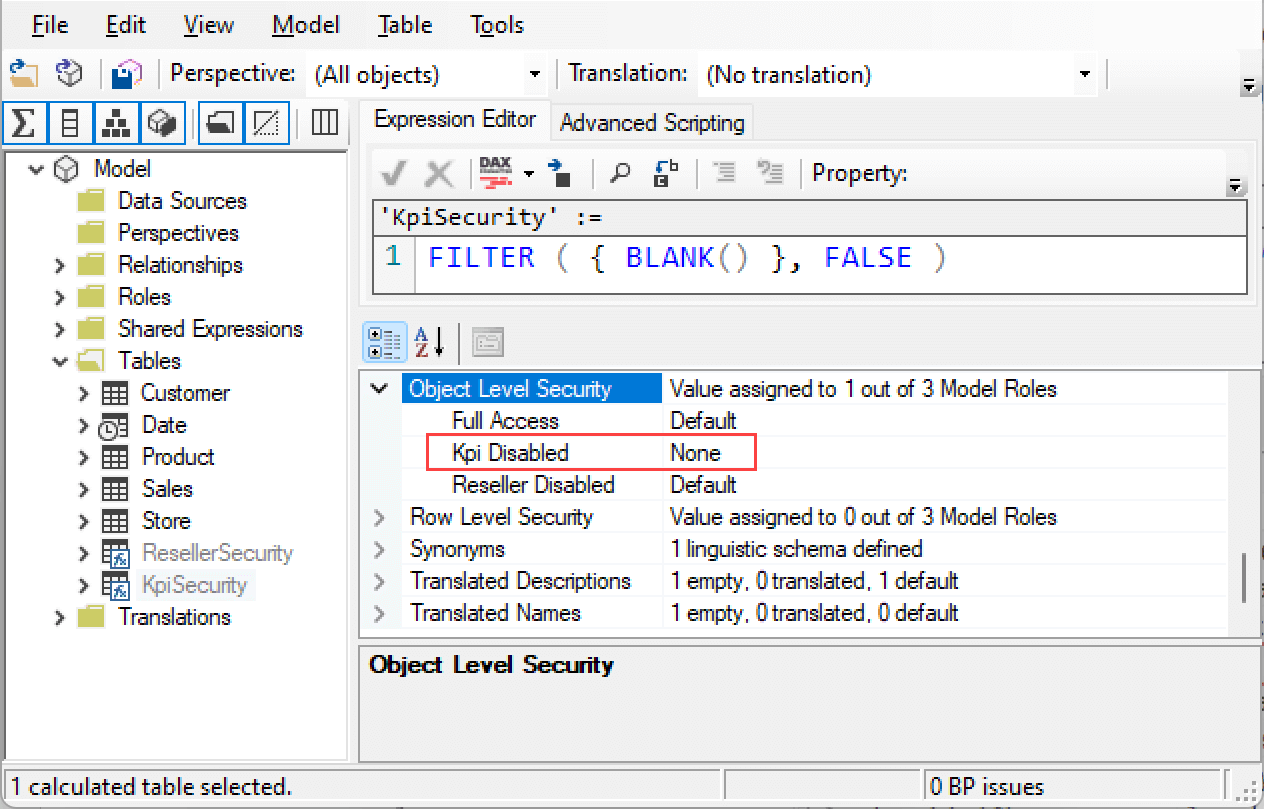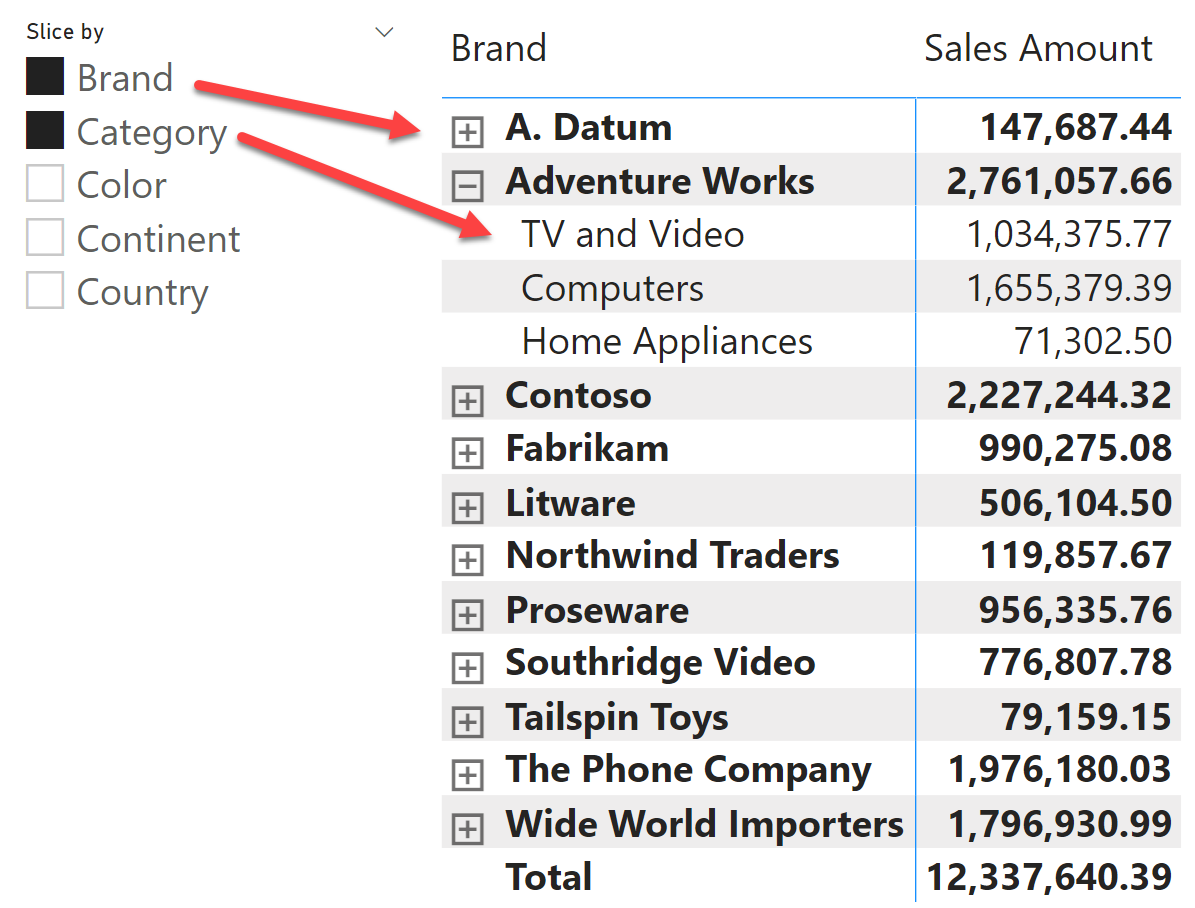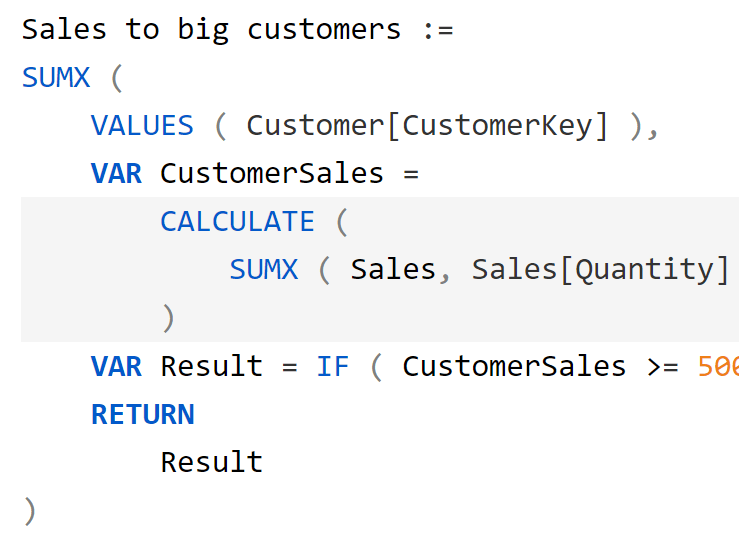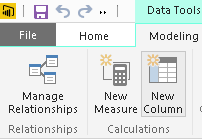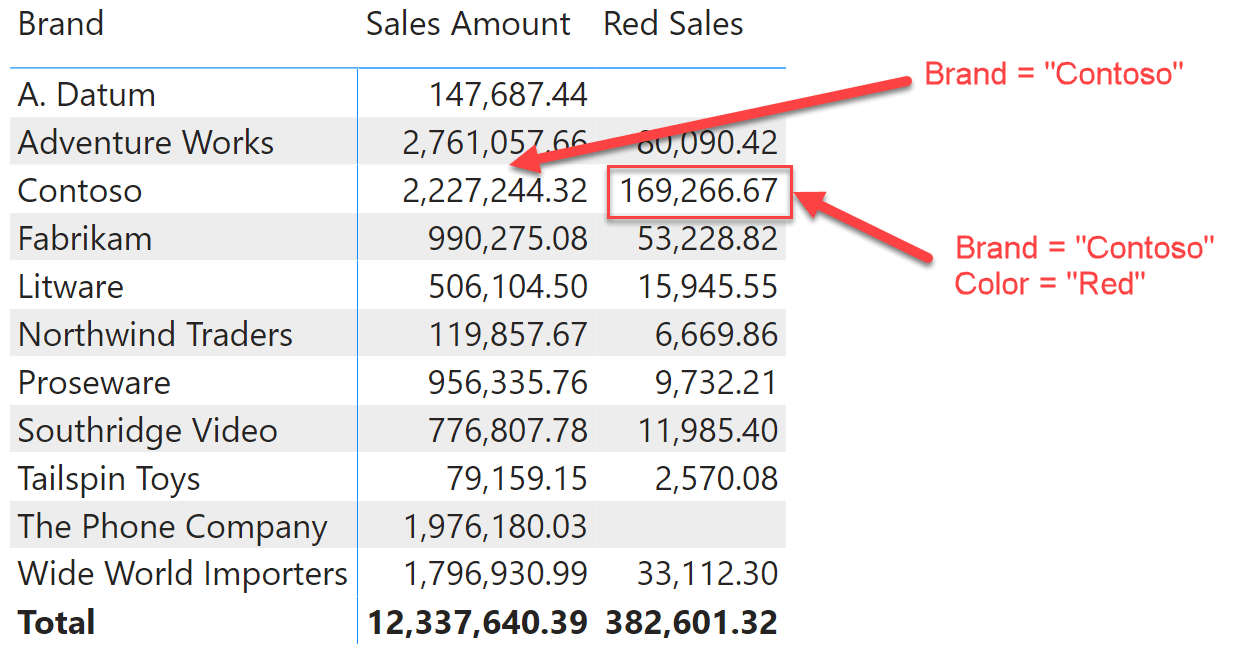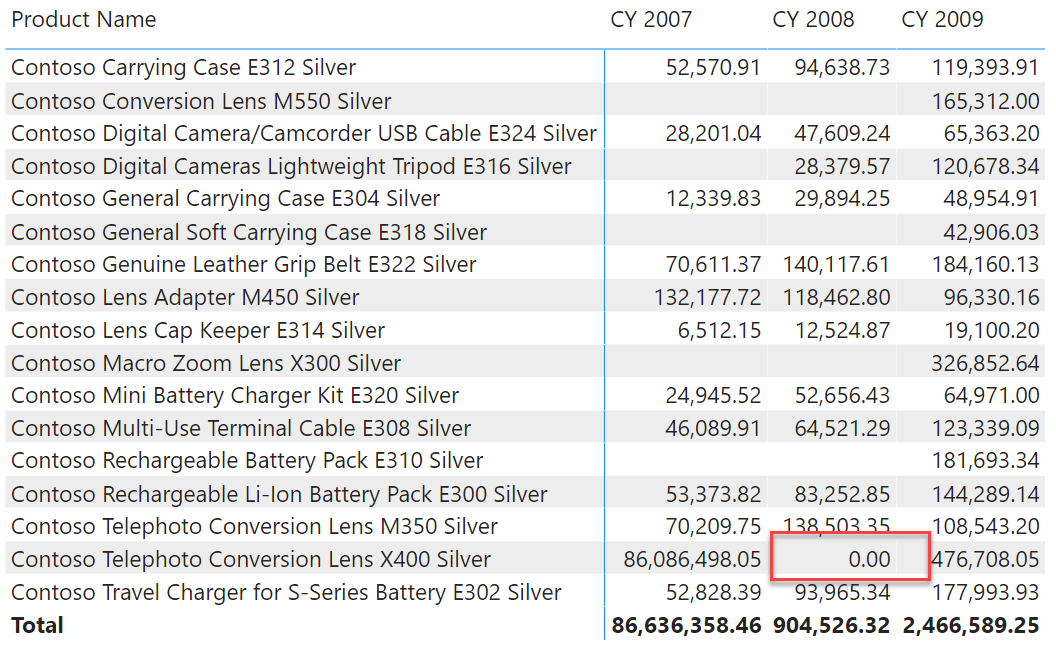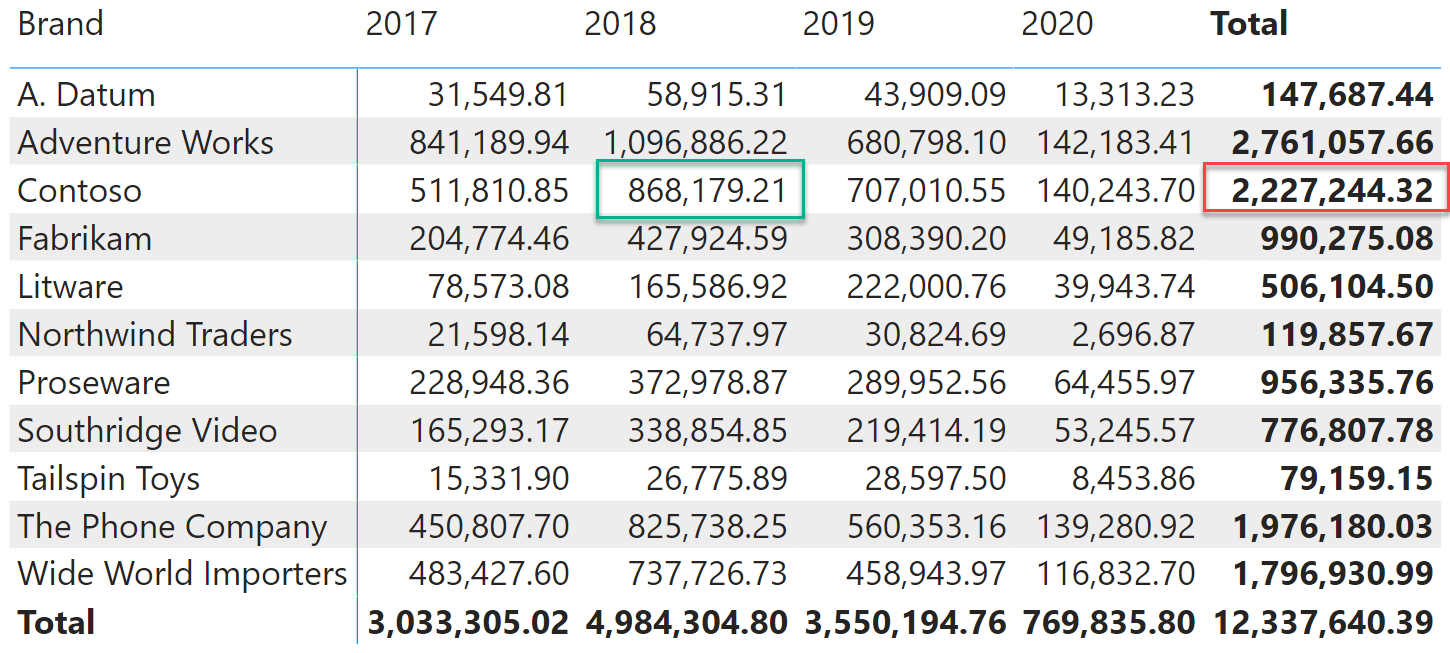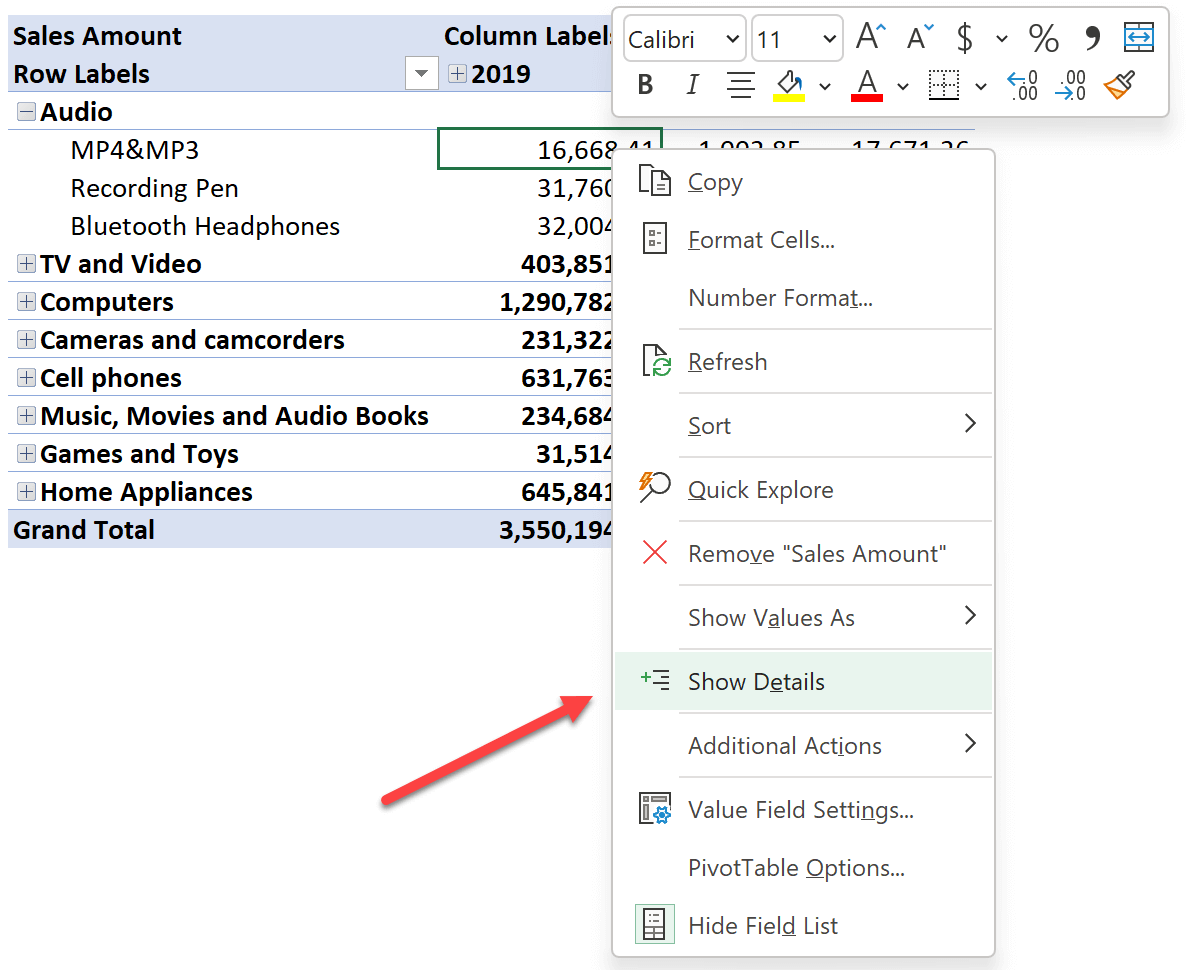-
Rolling averages are a very common calculation used to smooth out charts. This article shows how to compute a rolling average taking into account only the working days. Read more
-
This article describes how to hide measures from a group of users by leveraging object-level security in Power BI and Analysis Services. Read more
-
This article explains how to use KEEPFILTERS to intersect instead of override an existing filter context in DAX. Using KEEPFILTERS simplifies the code and improves performance. Read more
-
This article analyzes the fields parameters feature in Power BI, unveiling some of the internals of its implementation. Read more
-
Context transition is one of the most obscure topics for DAX newbies. In this article we introduce context transition, its effects, and how to leverage it rather than be scared of it. Read more
-
One of the first concepts to learn in DAX is the difference between calculated columns and measures. This article shortly recaps the differences and describes when to use each one. Read more
-
CALCULATE is the most powerful and complex function in DAX. In this article, we provide an introduction to CALCULATE, its behavior, and how to use it. Read more
-
In this article we show various techniques to force a measure to return zero instead of blank, in order to highlight combinations of attributes with no data. Read more
-
Understanding the difference between a row context and a filter context is the first and most important concept to learn to use DAX correctly. This article introduces the filter context. Read more
-
This article describes how to customize the drillthrough experience in Excel PivotTables connected to Power BI datasets or Analysis Services databases. Read more
